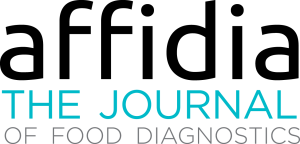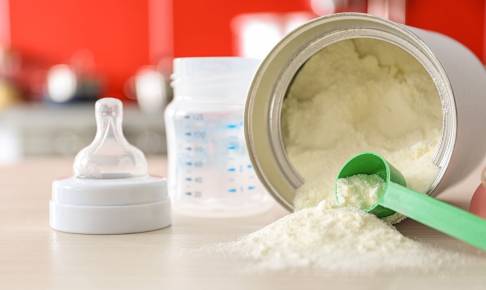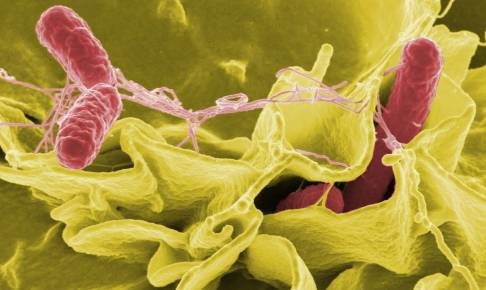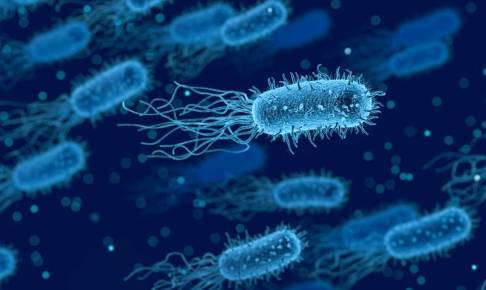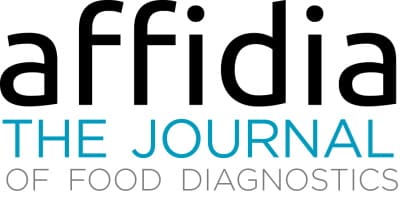The impact of COVID-19 on food industry workers in the US
The COVID-19 pandemic will lead to a fundamental change on how we view the health of food industry workers. It will impact every aspect of the plant layout, the physical distancing, the methods for disinfection.
Background
No single global event in recent history has had such a profound impact on food industry workers as the spread of SARS-CoV-2, the virus responsible for the current global COVID-19 pandemic. Food and beverage manufacturers scrambling to keep up with the surging consumer demand have struggled both to maintain stringent mitigation measures in their factories and to contend with COVID-19 outbreaks in those same factories. News outlets and press releases report that some companies have shut down plants indefinitely until all workers can be tested while others have reduced production capacities to limit headcount on the production floor. Several have temporarily closed to deep clean their factories and configure their spaces for social distancing. Food Dive (www.fooddive.com) has been tracking the status of operations of major food manufacturers as they navigate the global pandemic.
Management of the work environment by food businesses
We now know that SARS-Cov2 is highly unstable outside its hosts and is inactivated quickly on surfaces. A recent study on aerosols and the surface stability of SARS-CoV2 compared to SARS-CoV1 found the number of viable virus particles on cardboard are reduced by half every 3 hours (van Doremalen et al. 2020). Because of this rapid rate of inactivation, there is likely a very low risk of spread from food products or packaging, especially when these products are shipped over a period of days or weeks. Transmission of COVID-19 occurs mainly from person to person through respiratory droplets and less commonly through contaminated surfaces. While there are no known cases of transmission via cardboard and there are no specific recommendations regarding transmission via cardboard, good manufacturing practices like frequent hand washing, proper respiratory hygiene, and not touching one’s face are still important.
Buonanno et al. (2020) reported that some dosages and wavelengths of UV light can be effective against SARS-CoV2 and similar viruses. UV light can be effective with sufficient exposure time and if the virus is directly exposed to the radiation. If contaminants like dust and body fluids are present on a surface, UV radiation may be ineffective due to its poor penetration and because direct exposure may not be achieved. UV-c 222 nM light can be used in air handling systems to reduce airborne circulation of virus particles and it can be used on surfaces as long as sufficient precautions are taken to prevent human exposure to the carcinogenic radiation. UV light can present a potential health and safety risk depending on the wavelength, dose and duration. UV radiation is not a standalone solution and cannot be used to replace any of the basic measures required for COVID-19, including hand-washing, cleaning, chemical sanitizing, pasteurization, exclusion of ill workers from work, environmental measures, and social distancing.
US food and beverage companies were deemed essential by the Department of Homeland Security’s Cybersecurity and Infrastructure Security Agency (CISA) to ensure the continuity of the food supply chain during
Download content now
